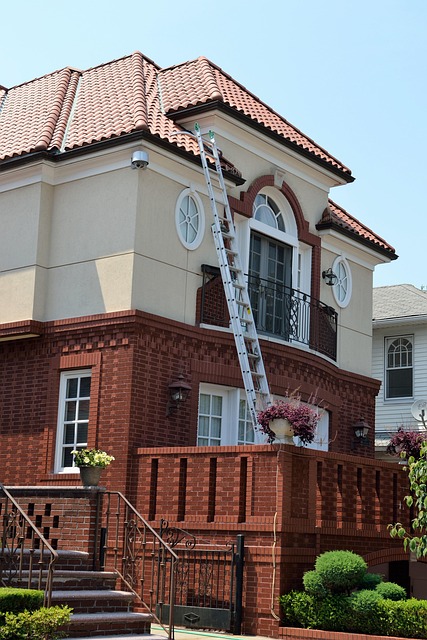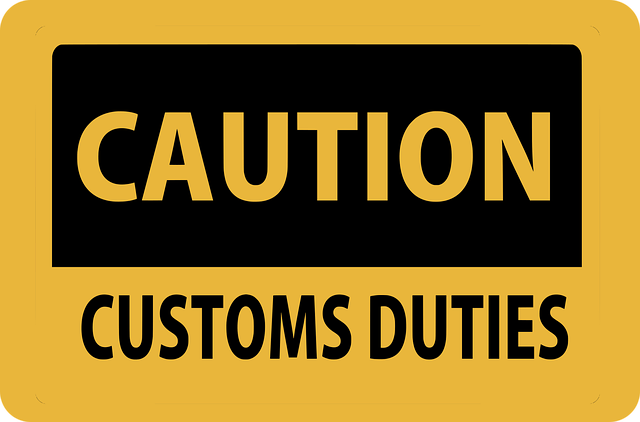In real estate, a meticulous exterior assessment is key. Inspect for damage, wear & tear in foundations, walls, ceilings, siding, roofing, and windows. Look for signs of water damage (stained ceilings, peeling paint) as well as structural issues that could indicate costly repairs. Evaluate HVAC units, plumbing, electrical installations for proper maintenance and energy efficiency. This initial inspection helps identify red flags and ensures a solid investment.
When considering a real estate investment, identifying structural and mechanical problems is paramount. This comprehensive guide walks you through meticulous inspections for both exterior and interior elements. Start by assessing the roof, siding, and windows for signs of water damage or wear, indicators of potential leaks or structural weakness. Next, examine walls, floors, and ceilings for any uneven flooring, loose doors, or visible cracks, red flags for structural integrity concerns. Finally, delve into mechanical systems, testing heating/cooling, plumbing, and electrical wiring to ensure functionality and identify outdated or faulty components.
Assessing Exterior Conditions

When assessing a property for structural or mechanical issues in real estate, examining the exterior conditions is a critical initial step. This involves a thorough visual inspection to identify any signs of damage, wear and tear, or potential problems that could impact the building’s integrity. Look for cracks in foundations, walls, or ceilings; check for loose or damaged siding, roofing, or windows; and assess the overall structural stability.
Paying attention to exterior conditions also helps in evaluating the mechanical systems, such as the HVAC (heating, ventilation, and air conditioning) units, outdoor plumbing, and electrical installations visible from the outside. Regular maintenance of these elements is crucial for a property’s long-term value and habitability, so any signs of neglect or failure should be noted. This initial exterior assessment provides valuable insights into potential red flags that may require further investigation during the due diligence process.
– Inspecting the roof, siding, and windows

When evaluating a property for potential structural or mechanical issues in real estate, meticulous inspection is key. Start with the roof, looking for any signs of damage, leaks, or missing shingles—these could indicate problems with drainage or even foundation instability. Check for proper ventilation and ensure there’s no excessive wear or rot, which might signal maintenance neglect.
Move on to the siding and windows, scrutinizing them for cracks, warping, or poor sealing. These areas are often overlooked but can be significant entry points for water, leading to costly interior damage over time. Proper insulation and weatherproofing at these junctions are essential for energy efficiency and structural integrity in real estate investments.
– Identifying signs of water damage or structural wear

When inspecting a property in the real estate market, paying close attention to signs of water damage or structural wear is paramount. Water intrusion can cause significant issues over time, leading to rot, mold, and reduced structural integrity. Look for visible indicators like stained ceilings, peeling paint, warped flooring, or musty odors—all potential red flags indicating past or ongoing moisture problems.
Regular wear and tear are normal, but sudden changes or extensive damage should raise concerns. Cracks in walls, uneven floors, or loose fixtures might suggest structural weaknesses. Real estate professionals and buyers should also investigate areas prone to water accumulation, such as basements or bathrooms, for any signs of leakage or water stains. Addressing these issues promptly is essential to avoid costly repairs and ensure the property’s long-term value.






